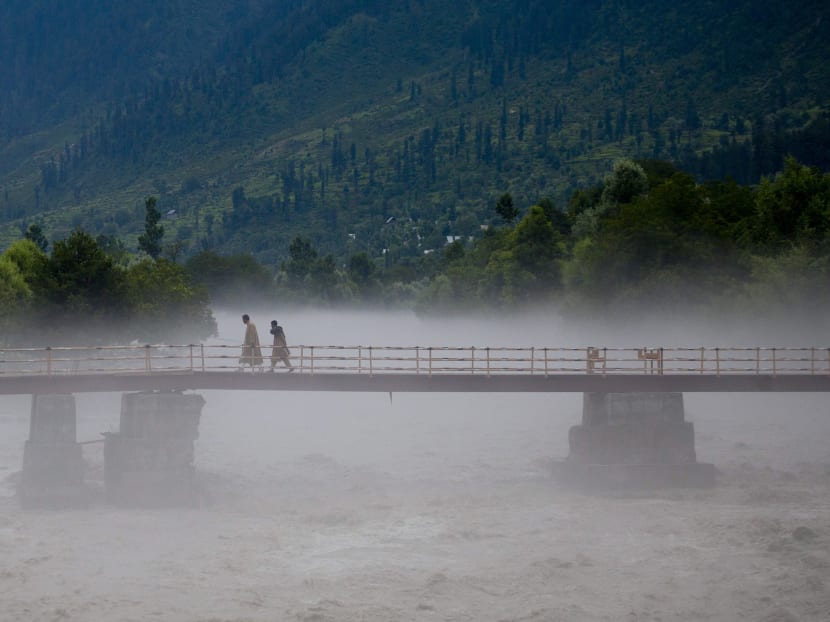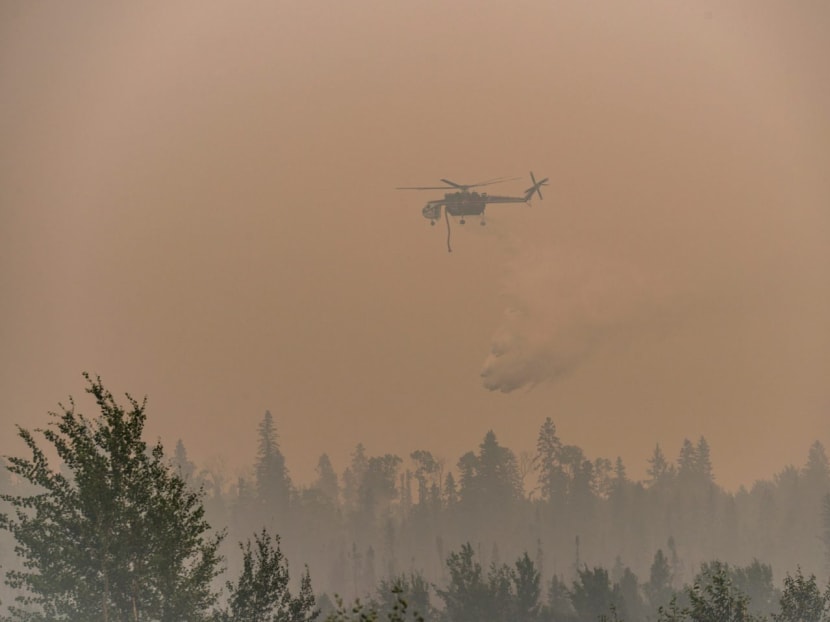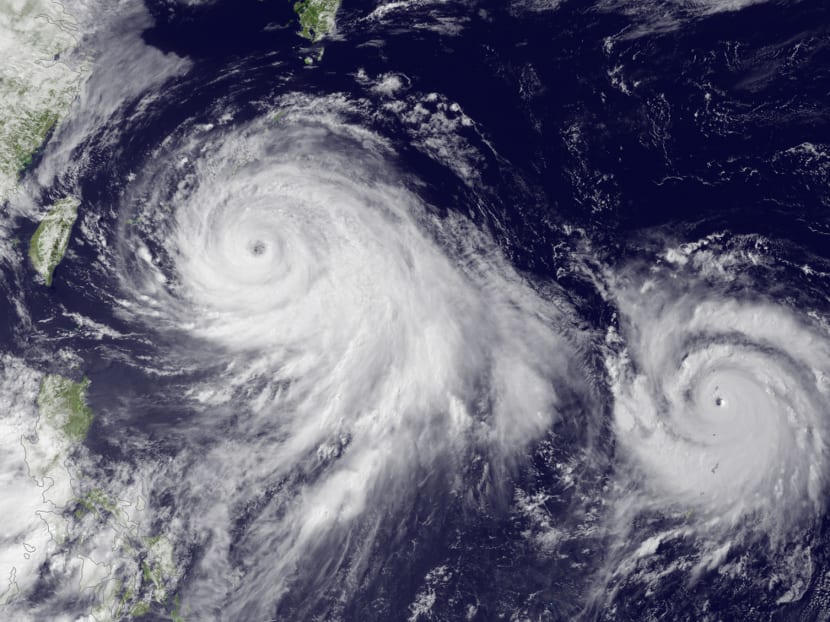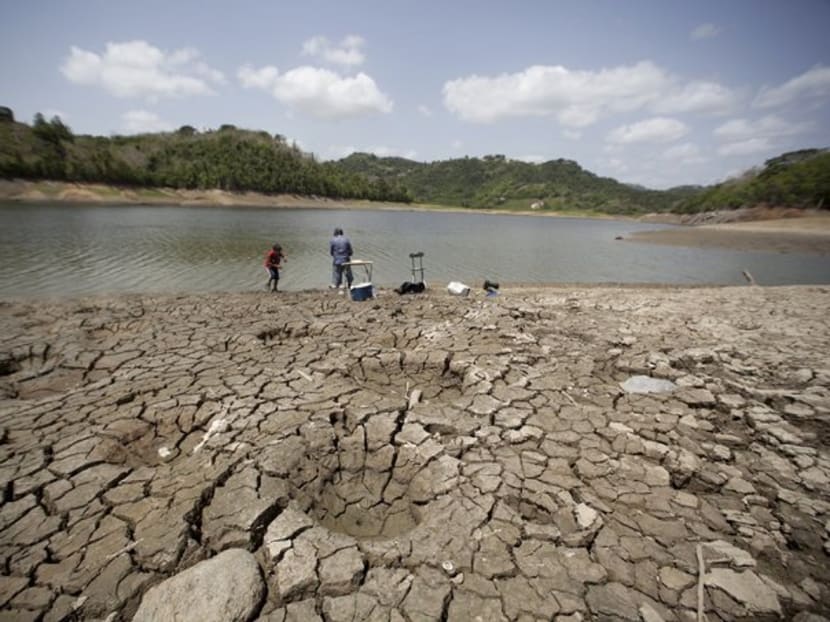Freakish year in broken climate records
NEW YORK — The annual State of the Climate report is out, and it’s ugly. Record heat, record sea levels, more hot days and fewer cool nights, surging cyclones, unprecedented pollution, and rapidly diminishing glaciers.




NEW YORK — The annual State of the Climate report is out, and it’s ugly. Record heat, record sea levels, more hot days and fewer cool nights, surging cyclones, unprecedented pollution, and rapidly diminishing glaciers.
The US National Oceanic and Atmospheric Administration (NOAA) issues a report each year compiling the latest data gathered by 413 scientists from around the world. It’s 288 pages, but we’ll save you some time. Here’s a review, in six charts, of some of the climate highlights from 2014.
1. Temperatures set a new record
It’s getting hot out there. Four independent data sets show that last year was the hottest in 135 years of modern record keeping. The map above shows temperature departure from the norm. The eastern half of North America was one of the few cool spots on the planet.
2. Sea levels also surge to a record
The global mean sea level continued to rise, keeping pace with a trend of 3.2 millimetres per year over the last two decades. The global satellite record goes back only to 1993, but the trend is clear and consistent. Rising tides are one of the most physically destructive aspects of climate change. Eight of the world’s 10 largest cities are near a coast, and 40 per cent of the US population lives in coastal areas, where the risk of flooding and erosion continues to rise.
3. Glaciers retreat for the 31st consecutive year
Data from more than three dozen mountain glaciers show that 2014 was the 31st straight year of glacier ice loss worldwide. The consistent retreat of glaciers is considered one of the clearest signals of global warming. Most alarming: The rate of loss is accelerating over time.
4. There are more hot days and fewer cool nights
Climate change doesn’t just increase the average temperature—it also increases the extremes. The chart above shows when daily high temperatures max out above the 90th percentile and nightly lows fall below the lowest 10th percentile. The measures were near their global records last year, and the trend is consistently miserable.
5. Record greenhouse gases fill the atmosphere
By burning fossil fuels, humans have cranked up concentrations of carbon dioxide in the atmosphere by more than 40 percent since the Industrial Revolution. Carbon dioxide, the most important greenhouse gas, reached a concentration of 400 parts per million for the first time in May 2013. Soon we’ll stop seeing concentrations that low ever again.
The data shown are from the Mauna Loa Observatory in Hawaii. Data collection was started there by C. David Keeling of the Scripps Institution of Oceanography in March 1958. This chart is commonly referred to as the Keeling curve.
6. The oceans absorb crazy amounts of heat
The oceans store and release heat on a massive scale. Over shorter spans of years to decades, ocean temperatures naturally fluctuate from climate patterns like El Niño and what’s known as the Pacific Decadal Oscillation. Longer term, oceans are absorbing even more global warming than the surface of the planet, contributing to rising seas, melting glaciers, and dying coral reefs and fish populations.
In 2015 the world has moved into an El Niño warming pattern in the Pacific Ocean. El Niño phases release some of the ocean’s stored heat into the atmosphere, causing weather shifts around the world. This El Niño hasn’t peaked yet, but by some measures it’s already the most extreme ever recorded for this time of year and could lead 2015 to break even more records than last year. BLOOMBERG






